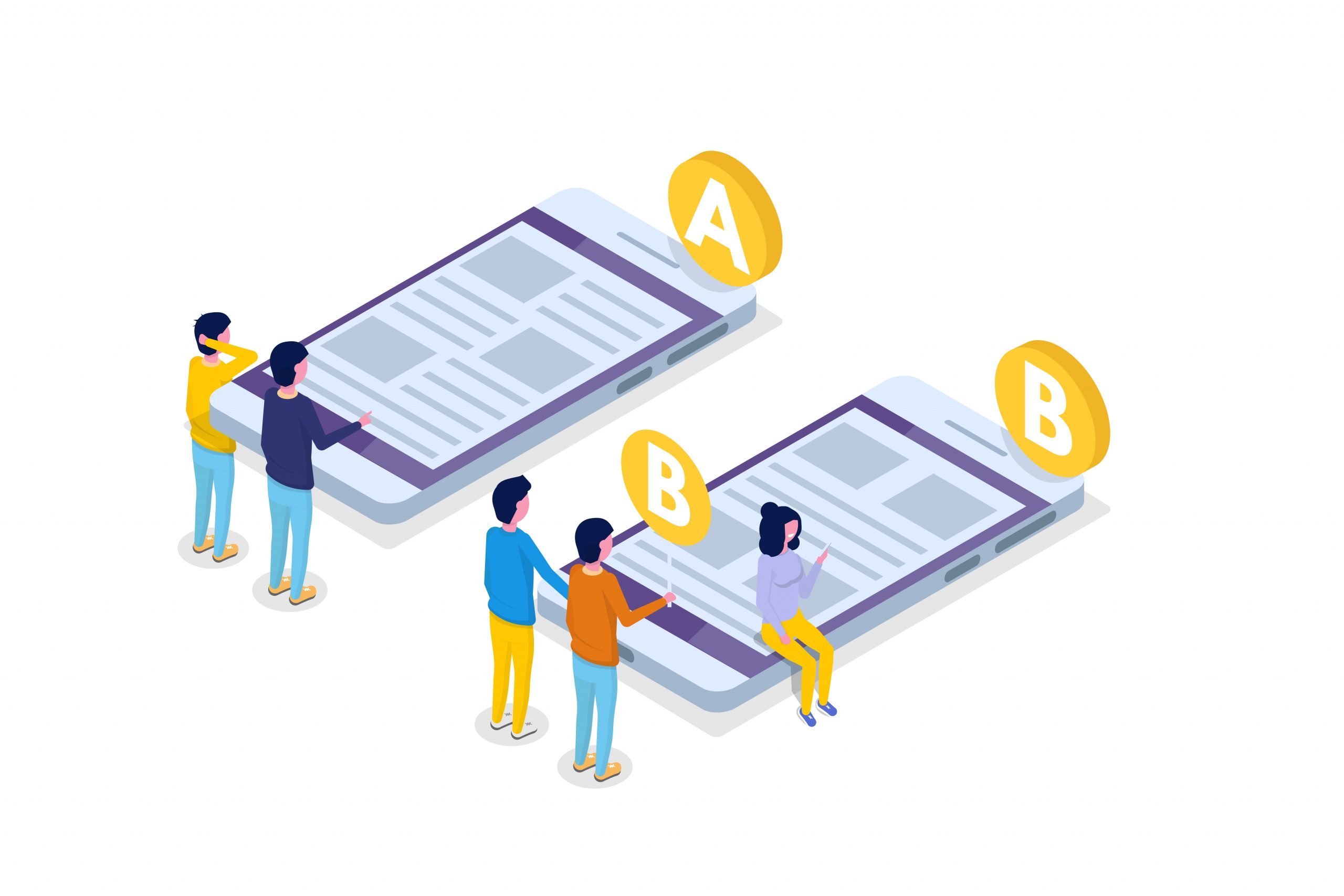Free UX Design Course
Dive into UX design with our free starter course. Transform your creative ideas into user-friendly solutions.
Jumping into user experience design without conducting thorough user research puts your brand at a disadvantage. Learning the subtleties of user behavior helps you understand how to factor those needs into the final design of your product. SaaS companies are faced with increasing competition, and user research is an important tool that you can use to differentiate your products. It serves as the foundation of your design strategy and can inspire features to integrate that will attract early adopters.
User research lets you understand how clients interact with your product and how its design ultimately impacts their experience. Figuring out how your customers are using and interacting with your platform helps you create a better product to benefit a wide range of clients.
What Is User Research?

User research involves using qualitative and quantitative investigative methods to understand the needs, motivations, behaviors, and experiences of your end-user. A variety of tools can be used to conduct this research from published lab studies to asking customers for feedback. Research methods can be classified as attitudinal or behavioral and qualitative or quantitative.
Your end goals for conducting user research will determine the best process for researching for you. Attitudinal research refers to what people say, while behavioral refers to what they do. Because attitudinal research is used to measure consumer opinions and beliefs, it is often used to develop marketing strategies, but it is also useful in UX design. Techniques like card sorting can give you insights into how customers perceive information from your product, allowing you to create the best information architecture for your website or application.
Behavioral research, including A/B testing, helps you to understand how different customer groups interact with your software. In this test, you would launch two different versions of your app or platform keeping some basic constants to determine how small changes impact the overall user experience.
Qualitative research involves gathering data about users’ attitudes and behaviors with direct observation, while quantitative research involves gathering this information indirectly. For UX design, quantitative research is often collected with a survey tool or analytics tools rather than letting users interact with your product and collecting real-time feedback. Quantitative research is often used to supplement qualitative data and provide detailed numerical data which can be used to justify decisions.
Related: What Does a UX Designer Do?
Why Is User Research Vital for Business?

You’ve likely spent a lot of time and energy on product design and development, but launching it without conducting extensive user research can lead your product to flop upon its release. Conducting a thorough user research process with a variety of methods and studies can show you how users experience your product, application, or website.
This research is invaluable for making changes to your products, making them more functional and more beneficial to your clients. Although user research takes time, it can actually make your implementation processes more efficient. User research lets you identify weaknesses more quickly so you can start working on solutions.
As a component of broad market research, user research provides insights into how clients are using and benefitting from your products, so you can continually improve and expand them. It allows you to assess their needs, letting you innovate to stay ahead of competitors while keeping your existing customers with a product that is tailored to how they use it.
Get To Know Other Design Students
Bonnie Sweet
Product Designer at Giide
Trevor Tillery
Experience Designer at Nerdery
Bre Walker
UX Designer at KeyBank
How To Conduct User Research
The first step to conducting user research is to define your objectives. Having clearly detailed goals will guide which user research techniques you’ll use. Your goals will inform research questions and methods that you can use to collect both qualitative and quantitative data. Create your goals by asking your design team who, what, when, where, why, and how. Checking your product from every angle will bring out your underlying objectives.

Next, formulate your hypothesis. You probably have a good idea of your customers’ behaviors and attitudes. List all your existing assumptions to develop your user persona and determine what kinds of user data you want to collect. Through the research process, you might disprove your hypotheses. This is not a bad thing, as it can steer your team in a new direction.
Use your goals and hypotheses to determine which research methods you will use. Will you create a questionnaire and round out user opinions with A/B testing? Or will you conduct a card sorting test in which customers can analyze your site’s information to see how well it aligns with your vision? You should use a mix of research tools for the best results.
Once you’ve determined your chosen research methods, conduct your research. Then compile and analyze your data, and use what you’ve learned to refine your product.
When To Use User Research Methods

Different methods can be used at different phases of the design process. If you’re just trying to get to know your user, use methods like card sorting, client interviews, expert reviews, and the creation of user personas. These user research methods are designed to set you on the right track from the start and will ultimately serve to inform the overall design.
When you’ve reached the design stage, conducting parallel design studies (A/B testing), usability tests, and client interviews can help you identify pain points and work out small design flaws.
Most of your technical studies such as first-click testing, prototyping, and developing a system usability scale will be used toward the end of the design process when you’re working out the final bugs and getting ready to launch.
If you’ve come up with a big idea for your SaaS product or application, user research can help you refine it. Conducting qualitative and quantitative research lets you observe how potential customers will interact with your products. It also helps you identify the kinks so you can work them out before launching it to the market. Before you rush head first into designing and implementing your products, take the time to conduct user research and improve the user experience. After all, that’s whom the product is made for.
Since you’re here…
Interested in a career in UX design? Rise to the top of the CV pile when you enroll in our UX Bootcamp—you’ll get a UX job or your tuition money back. Take a look at our student reviews and test out our free UX course to get a feel for our style and results. TL;DR: average starting salaries for our students = $85,440. Let’s do this.






